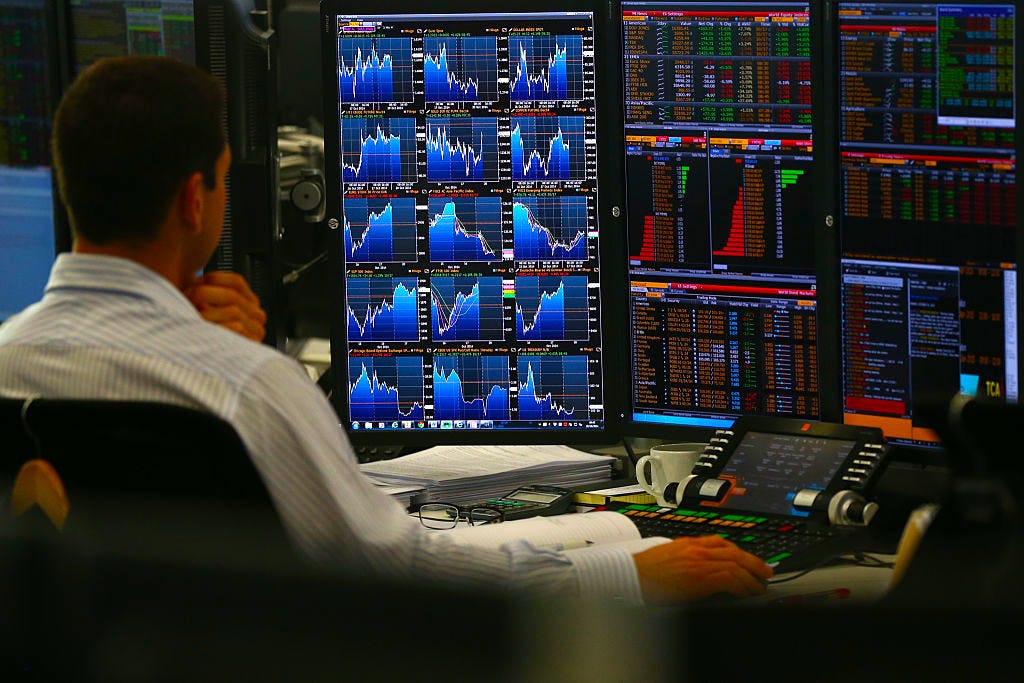Charts to watch in 2022 📈
Also, here comes the Santa Claus rally 🎅🏻
I compiled a list of 12 charts to watch in 2022 for my friends over at Yahoo Finance. You can thumb through them here. They include economic indicators and market metrics we’ve been discussing here at TKer over the last two months.
Here are two notable ones from the piece:
2: Job openings: According to the …
Keep reading with a 7-day free trial
Subscribe to 📈 TKer by Sam Ro to keep reading this post and get 7 days of free access to the full post archives.


